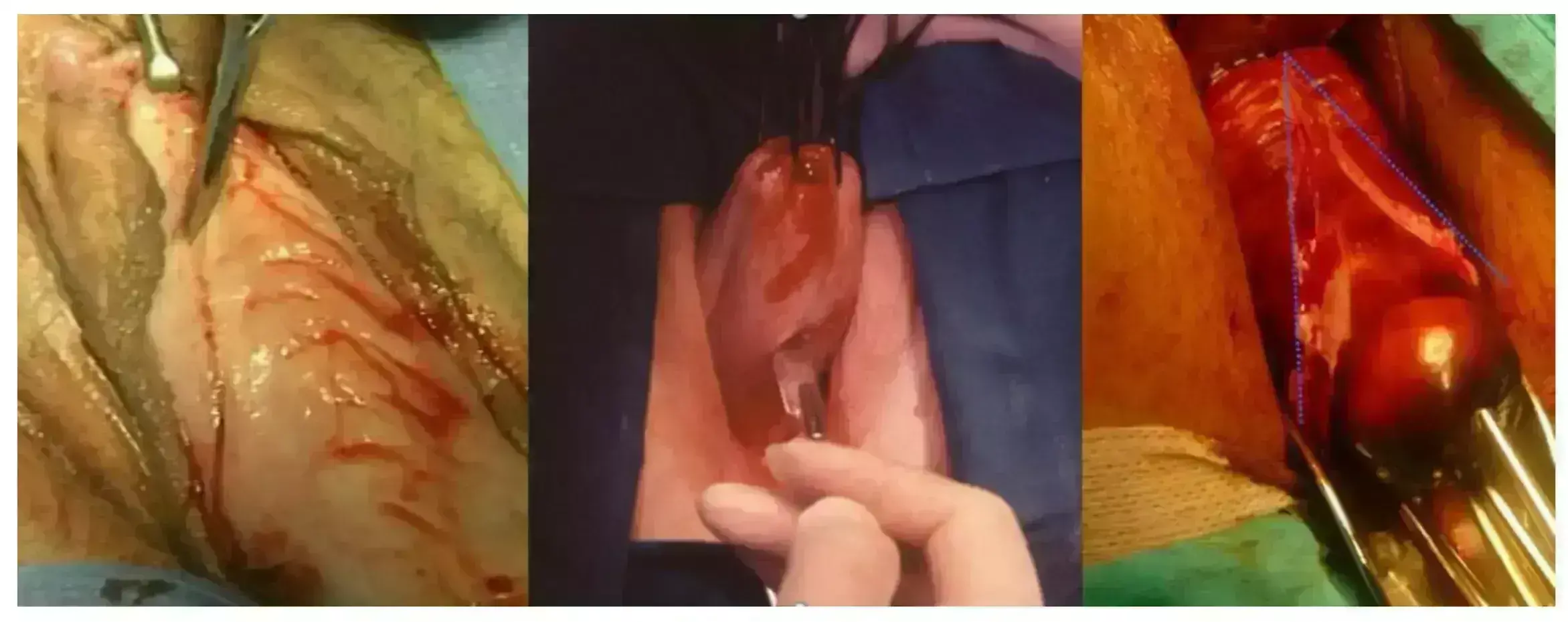- Home
- Medical news & Guidelines
- Anesthesiology
- Cardiology and CTVS
- Critical Care
- Dentistry
- Dermatology
- Diabetes and Endocrinology
- ENT
- Gastroenterology
- Medicine
- Nephrology
- Neurology
- Obstretics-Gynaecology
- Oncology
- Ophthalmology
- Orthopaedics
- Pediatrics-Neonatology
- Psychiatry
- Pulmonology
- Radiology
- Surgery
- Urology
- Laboratory Medicine
- Diet
- Nursing
- Paramedical
- Physiotherapy
- Health news
- Fact Check
- Bone Health Fact Check
- Brain Health Fact Check
- Cancer Related Fact Check
- Child Care Fact Check
- Dental and oral health fact check
- Diabetes and metabolic health fact check
- Diet and Nutrition Fact Check
- Eye and ENT Care Fact Check
- Fitness fact check
- Gut health fact check
- Heart health fact check
- Kidney health fact check
- Medical education fact check
- Men's health fact check
- Respiratory fact check
- Skin and hair care fact check
- Vaccine and Immunization fact check
- Women's health fact check
- AYUSH
- State News
- Andaman and Nicobar Islands
- Andhra Pradesh
- Arunachal Pradesh
- Assam
- Bihar
- Chandigarh
- Chattisgarh
- Dadra and Nagar Haveli
- Daman and Diu
- Delhi
- Goa
- Gujarat
- Haryana
- Himachal Pradesh
- Jammu & Kashmir
- Jharkhand
- Karnataka
- Kerala
- Ladakh
- Lakshadweep
- Madhya Pradesh
- Maharashtra
- Manipur
- Meghalaya
- Mizoram
- Nagaland
- Odisha
- Puducherry
- Punjab
- Rajasthan
- Sikkim
- Tamil Nadu
- Telangana
- Tripura
- Uttar Pradesh
- Uttrakhand
- West Bengal
- Medical Education
- Industry
Vaginal hysterectomy preferred and safer than laparoscopically-assisted vaginal hysterectomy in obese women

Vaginal hysterectomy preferred and safer than laparoscopically-assisted vaginal hysterectomy in obese women suggests a new study published in the European Journal of Obstetrics and Gynecology.
This prospective randomised control trial aimed to compare outcome measures of vaginal hysterectomy (VH) and laparoscopically-assisted vaginal hysterectomy (LAVH) in obese vs. non-obese women undergoing hysterectomy for benign uterine conditions with a non-prolapsed uterus. The primary objective of the study was to estimate operation time, uterine weight and blood loss amongst obese and non-obese patients undergoing VH and LAVH. The secondary objective was to determine any difference in hospital stay, the need for post-operative analgesia, intra- and immediate post-operative complications, and the rate of conversion to laparotomy for obese vs. non-obese patients undergoing VH and LAVH.
A prospective randomised control study was undertaken in the Department of Obstetrics and Gynaecology of the Charlotte Maxeke Johannesburg Academic Hospital (CMJAH). Women admitted between January 2017 and December 2019 for hysterectomy due to benign conditions, meeting the inclusion criteria set by the unit (vaginally accessible uterus, uterine size ≤ 12 weeks of gestation or ≤ 280gr on ultrasound examination, pathology confined to the uterus) were included in the study. The VH procedures were performed by the residents in training, under the supervision of specialists with large experience in vaginal surgery. All the LAVHs were performed by one surgeon (AC). In addition to the patient characteristics and surgical approach to hysterectomy, operative time, estimated blood loss, uterine weight, length of hospital stay, intra-operative and immediate post-operative complications were also recorded in obese and non-obese patient groups and comparatively analysed.
Results
A total of 227 women were included in the study. 151 patients underwent VH and 76 LAVH, upon randomisation on a 2:1 basis, reflecting the habitual proportion of hysterectomy cases in the Urogynaecology and Endoscopy Unit at CMJAH.
No significant differences were found in mean shift of pre-operative to post-operative serum haemoglobin, uterine weight, intra- and immediate post-operative complications, and convalescence period when comparing obese and non-obese patients in both the VH and LAVH groups. There was a statistically significant difference in operating time between the two procedures. The LAVHs took longer compared to the VHs to be performed (62.8±9.3 vs. 29.9±6.6 minutes in non-obese patients, and 62.7±9.8 vs 30.0 ± 6,9 minutes for obese patients). All VHs and LAVHs were successfully accomplished without major complications.
VH and LAVH for the non-prolapsed uterus is a feasible and safe alternative for obese patients demonstrating similar perioperative outcome measures as non-obese women undergoing VH and LAVH. Where possible, VH should be preferred to LAVH as it is a safe route of hysterectomy, with operation time being significantly shorter.
Reference:
J.A. Locher, M. Chrysostomou, D. Djokovic, E. Libhaber, B.J. van Herendael, A. Chrysostomou. The impact of obesity on vaginal hysterectomy and laparoscopically-assisted vaginal hysterectomy outcomes: a randomised control trial. European Journal of Obstetrics and Gynecology. Published:June 05, 2023DOI:https://doi.org/10.1016/j.ejogrb.2023.06.001
Keywords:
Vaginal, hysterectomy, preferred, safer, laparoscopically-assisted, vaginal, hysterectomy, obese, women, European Journal of Obstetrics and Gynecology, J.A. Locher, M. Chrysostomou, D. Djokovic, E. Libhaber, B.J. van Herendael, A. Chrysostomou
Dr. Shravani Dali has completed her BDS from Pravara institute of medical sciences, loni. Following which she extensively worked in the healthcare sector for 2+ years. She has been actively involved in writing blogs in field of health and wellness. Currently she is pursuing her Masters of public health-health administration from Tata institute of social sciences. She can be contacted at editorial@medicaldialogues.in.
Dr Kamal Kant Kohli-MBBS, DTCD- a chest specialist with more than 30 years of practice and a flair for writing clinical articles, Dr Kamal Kant Kohli joined Medical Dialogues as a Chief Editor of Medical News. Besides writing articles, as an editor, he proofreads and verifies all the medical content published on Medical Dialogues including those coming from journals, studies,medical conferences,guidelines etc. Email: drkohli@medicaldialogues.in. Contact no. 011-43720751


